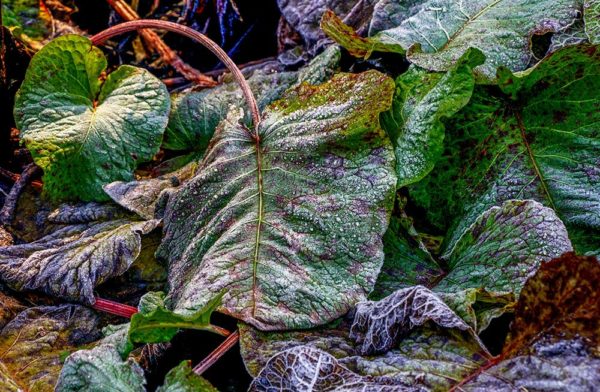 Helping your garden survive a fall frost
Helping your garden survive a fall frostPredicting frost is a difficult thing. Cold air is heavier than warm air, so it settles into low lying areas. Within a neighborhood or even a single property, some areas may be frosted, and others untouched. Areas under trees and near the house gain a few degrees “extra” protection. Some areas throughout Massachusetts are in a “frost pocket” and get early fall frosts seemingly the first of anywhere. They’ll sometimes get a frost three weeks earlier than even a mile away. So trying to predict frost for an area ranging from the cold pockets of Barre, for instance, to the relative warmth of Worcester is very difficult. Experience will teach you where you fall within this frost continuum. Keep your ear on the weather forecast on chilly clear autumn days. We recommend www.weather.gov for a non-sensationalized weather forecast. Just type in your zip in the upper left box. It will also give frost and freeze warnings and advisories.
Tender vegetables such as tomatoes, peppers, the “creepy-crawlies” (squash, pumpkins, etc.) and others may be frost damaged. The same hold true of annuals such as impatiens, begonias, marigolds, etc. Most perennials are relatively untouched by a light frost. One notable exception is hosta, which can sustain leaf damage, but it will only harm the appearance. If we get a hard frost, also known as a killing frost, other plants will need to be protected to keep them attractive for longer. This last group includes most notable garden mums.